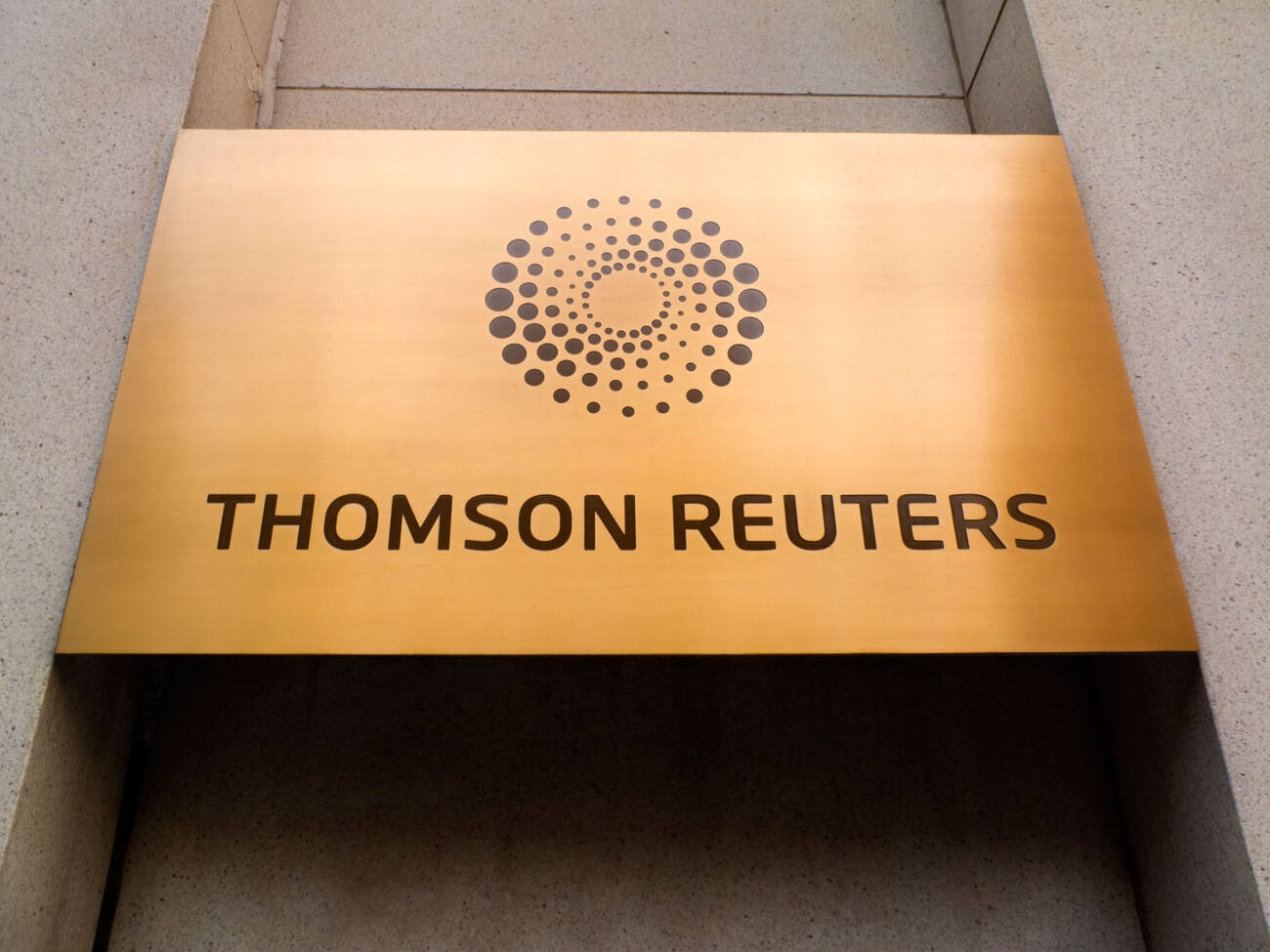In the payroll business, there are a lot of rules that seem simple at first, but can get complex in a hurry. The rules for exemption from the Fair Labor Standards Act (FLSA) are a great example. You probably know that non-exempt employees are covered under FLSA, which imposes requirements for overtime and other aspects of employment. Exempt employees, on the other hand, are not subject to FLSA.
But a surprising number of payroll providers don’t know the ins and outs of determining whether employees are exempt or non-exempt. The most common rule of thumb is that hourly employees are non-exempt, while salaried employees are exempt. This is often true, but not always. And, as is often the case in the payroll business, having a thorough understanding of the rules can save you a great deal of trouble.
With that in mind, let’s take a closer look at exempt vs. non-exempt. Employees are considered non-exempt unless they fall into one of several specific categories. These include:
- Administrative employees: Administrative employees must make at least $455 per 40-hour work week. Their primary duties must consist of office or non-manual work directly related to the management policies or general business operations of the employer or the employer’s customers. Their job must require them to exercise discretion and independent judgment over significant matters.
- Executive employees: Executive employees must make at least $455 per 40-hour work week. Their primary duties must consist of management of the enterprise in which the employee is employed or a recognized department or subdivision of that enterprise. They must regularly direct the work of two or more other employees. They must also have the authority to hire and fire, or have significant influence over the hiring and firing process.
- Computer Employees: Computer employees must make at least $455 per 40-hour work week or be paid at least $27.63 per hour. They must apply system analysis techniques and procedures including consulting with users to determine hardware, software, or system functional specifications and design, development, documentation, analysis, creation, testing, or modification of computer systems or programs.
- High-dollar employees: Employees who make more than $100,000 per year are generally exempt.
- Exempt Professionals: The traditional “learned professions” are generally exempt. These include lawyers, doctors, dentists, teachers, architects, and clergy. Also included are registered nurses (but not LPNs), accountants (but not bookkeepers), engineers who have engineering degrees or the equivalent and perform work of the sort usually performed by licensed professional engineers, actuaries, scientists (but not technicians), pharmacists, and other employees who perform work requiring “advanced knowledge” similar to that historically associated with the traditional learned professions.
Professionally exempt work must be predominantly intellectual, it must require specialized education, and it must involve the exercise of discretion and judgment. Professionally exempt workers must have education beyond high school, and usually beyond college, in fields that are more “academic” than the mechanical arts or skilled trades. Advanced degrees are the most common measure of this, but are not absolutely necessary if an employee has attained a similar level of advanced education through other means and performs essentially the same kind of work as similar employees who do have advanced degrees.
- Creative professionals: The exemption for creative professionals includes employees whose work requires invention, imagination, originality, or talent. Creative professionals contribute a unique interpretation or analysis. This includes actors, musicians, composers, writers, cartoonists and some journalists.
Identifying professionally exempt employees is usually pretty straightforward, but not always. Determining whether an employee is a “creative professional,” for example, can sometimes be difficult, especially for jobs like commercial artists and journalists. This usually requires additional analysis of just what the employee actually does.
Determining an employee’s exemption status isn’t always simple. The wrong classification can trigger a painful inquiry from the IRS, so it pays to know the rules ahead of time and understand why each employee is classified as exempt or non-exempt.
—————-
James Paille, CPP is the Director, Operations, myPay Solutions, for Thomson Reuters.
Thanks for reading CPA Practice Advisor!
Subscribe Already registered? Log In
Need more information? Read the FAQs
Tags: Firm Management, IRS, Payroll, Small Business




